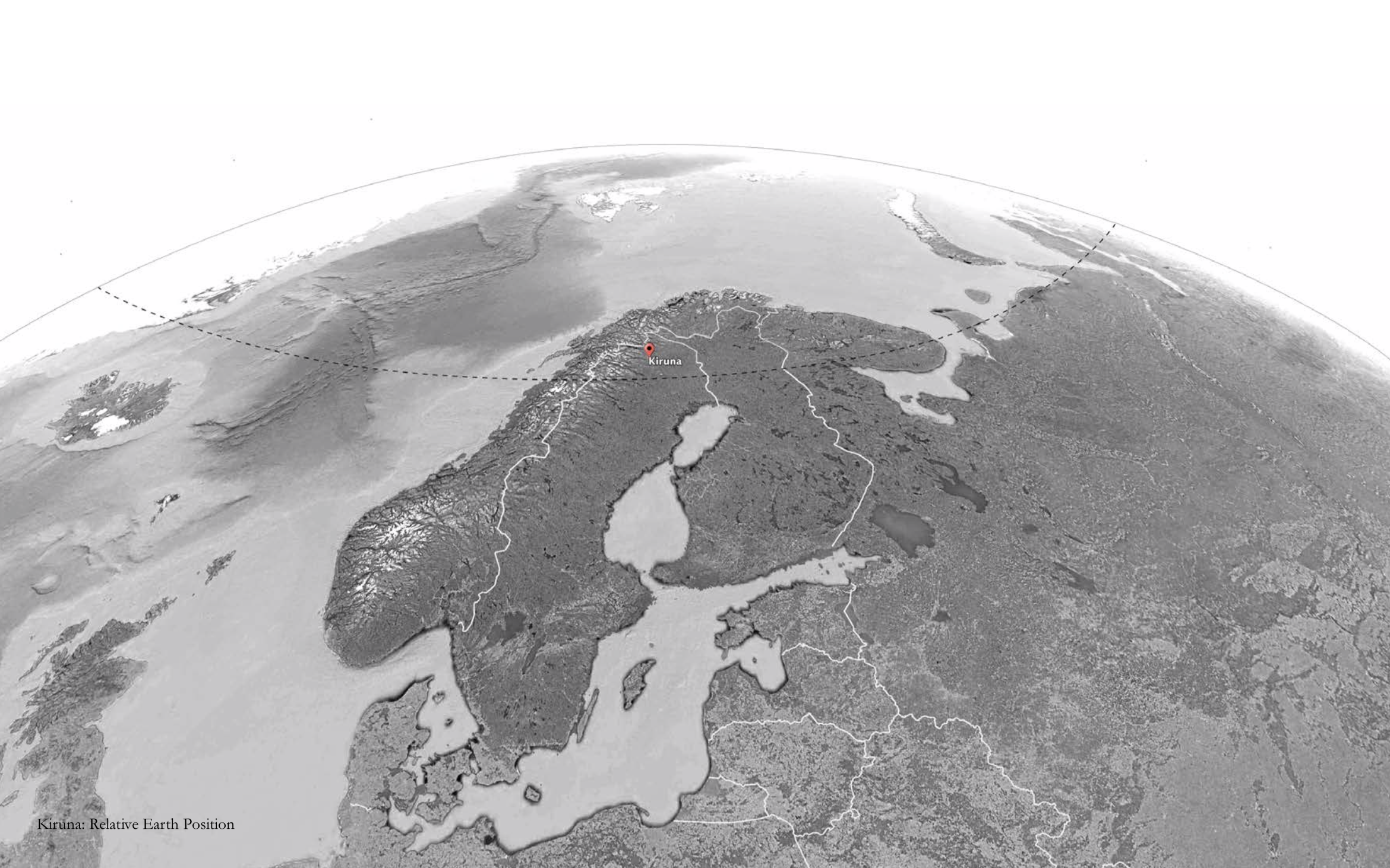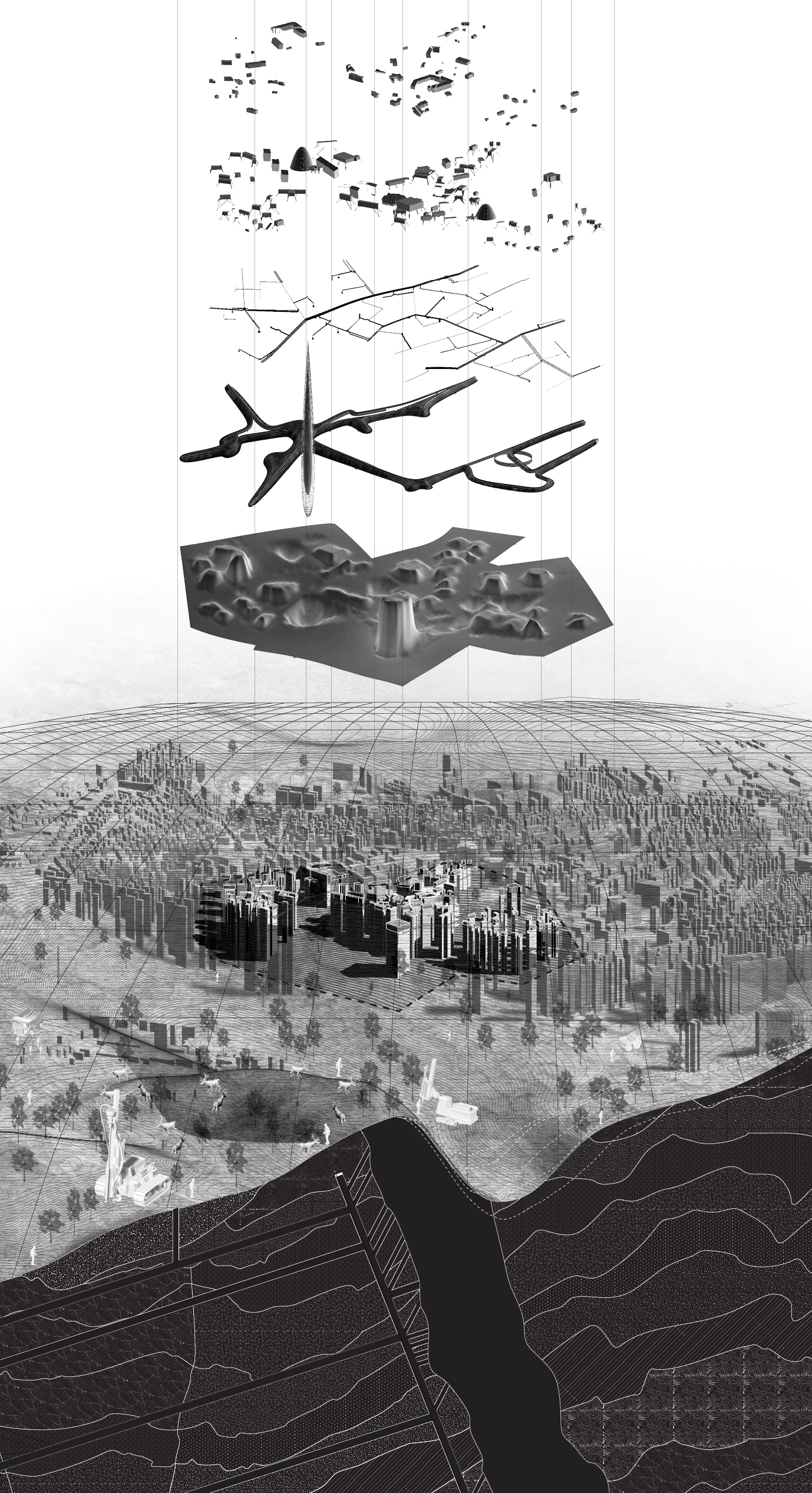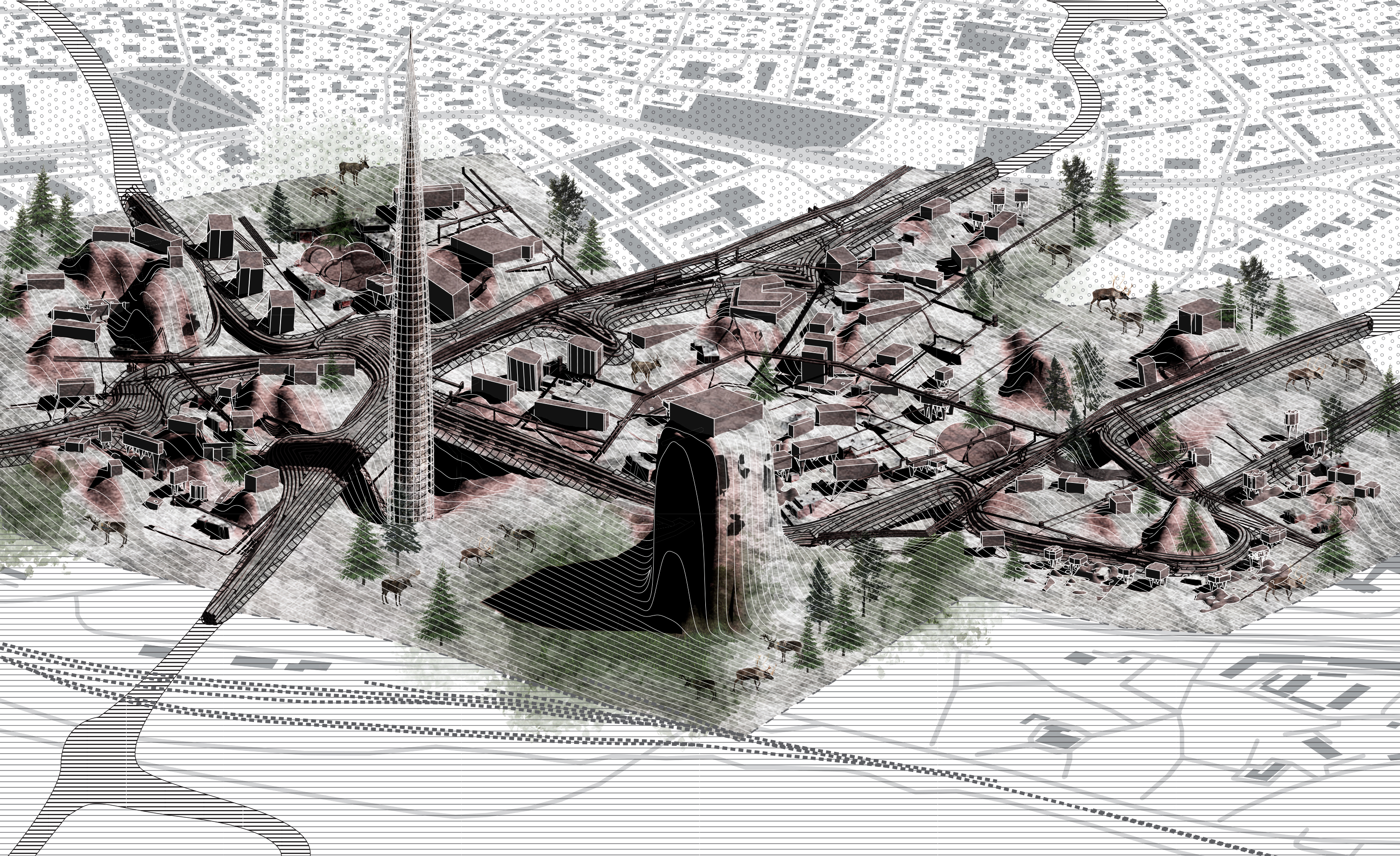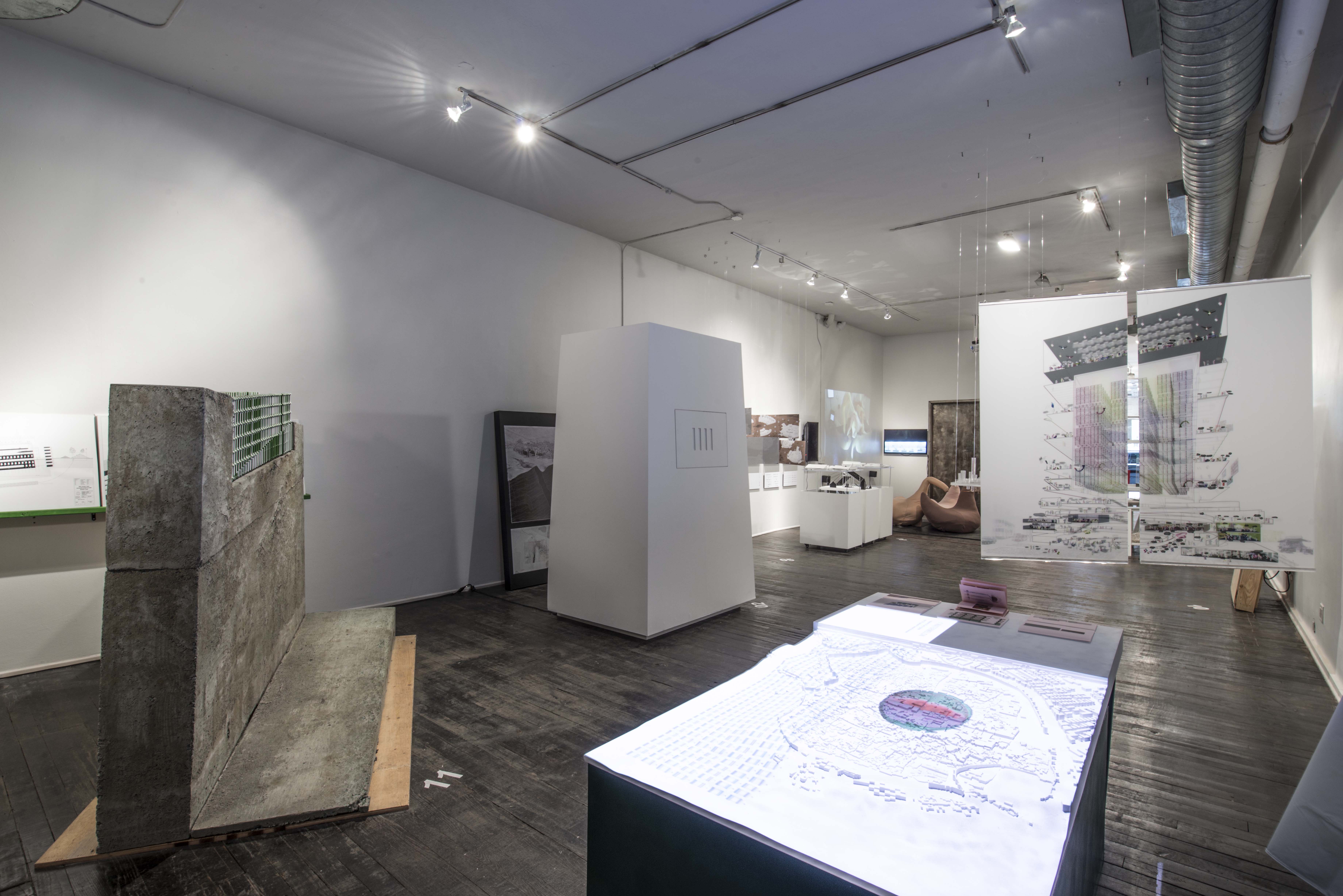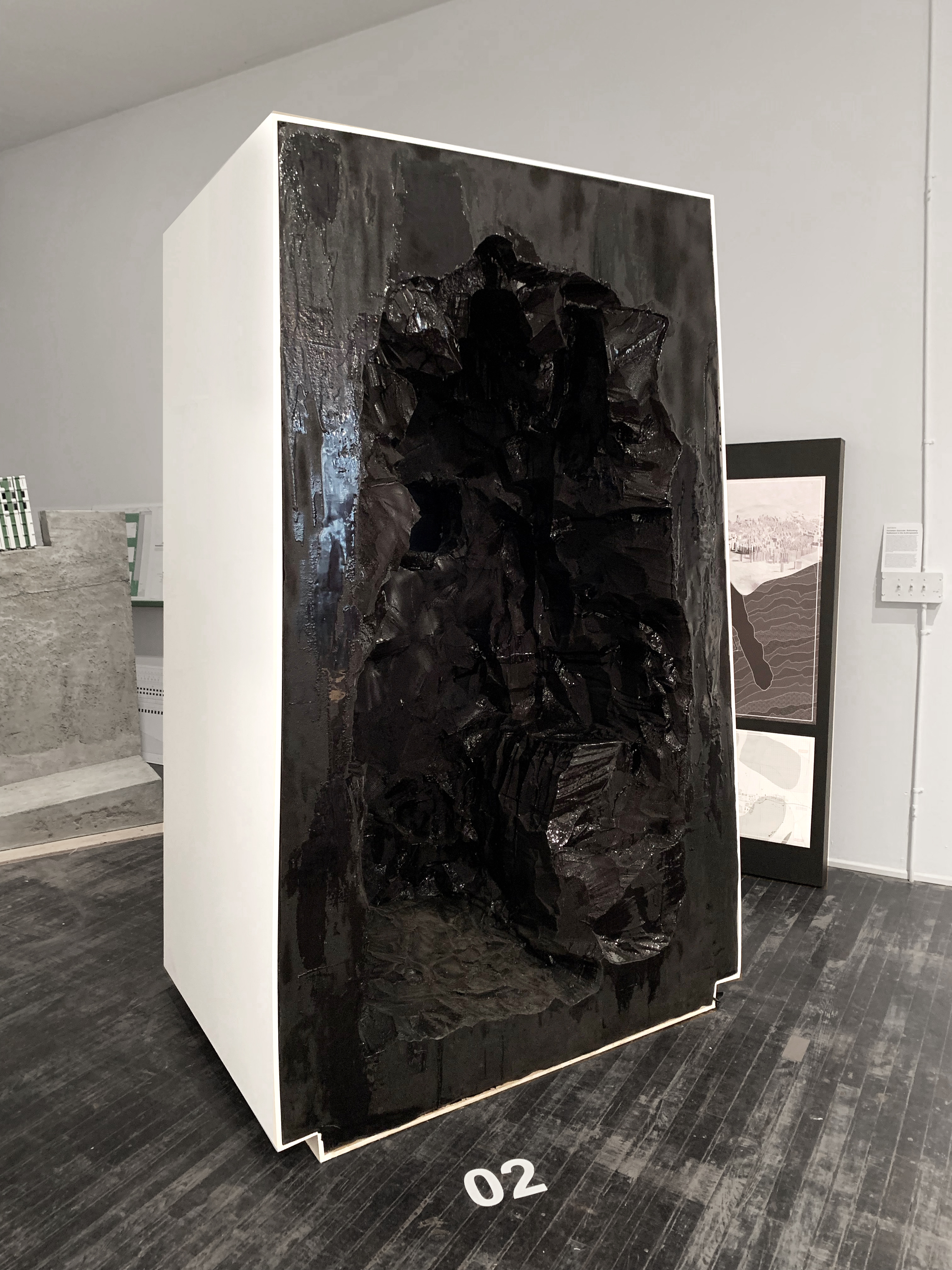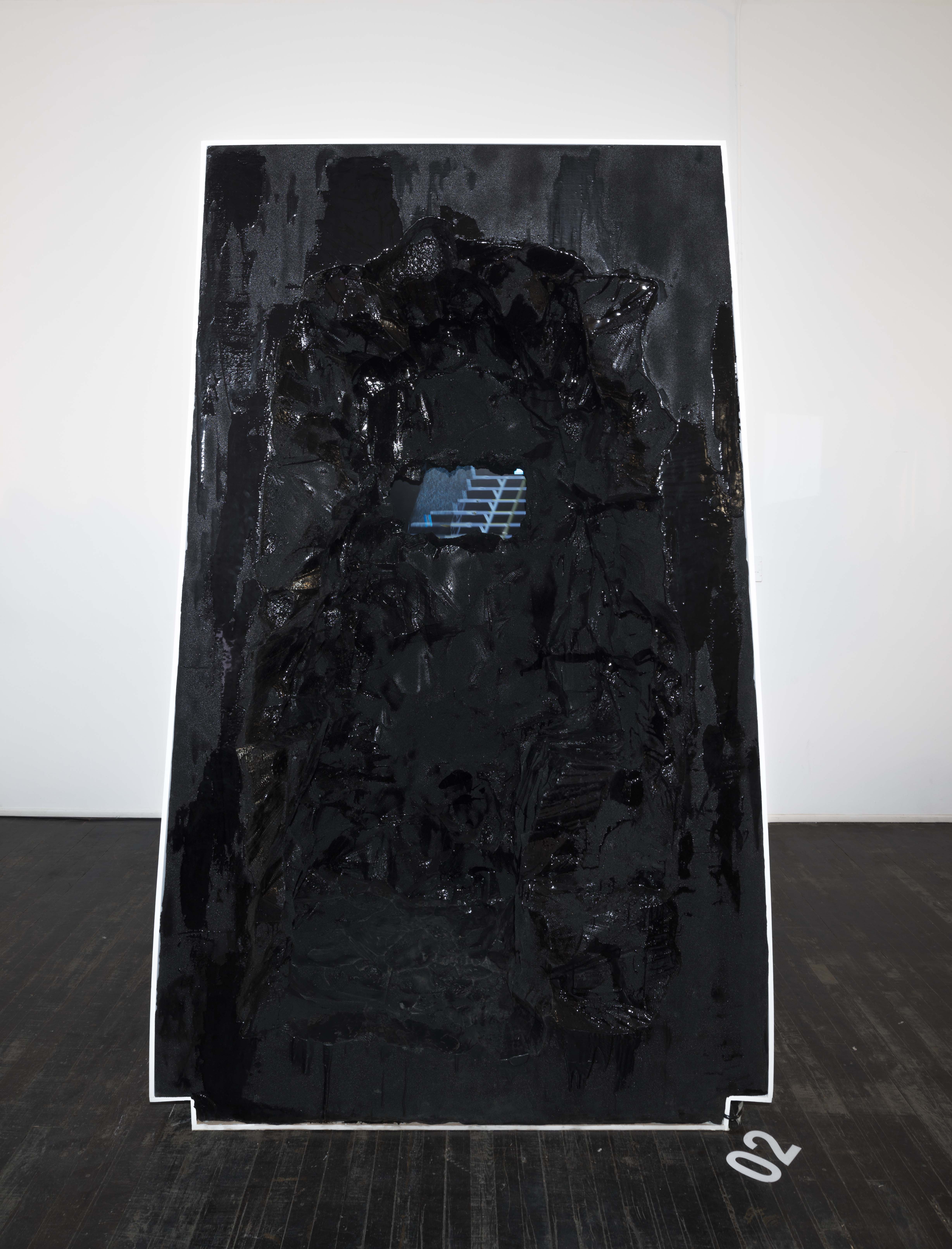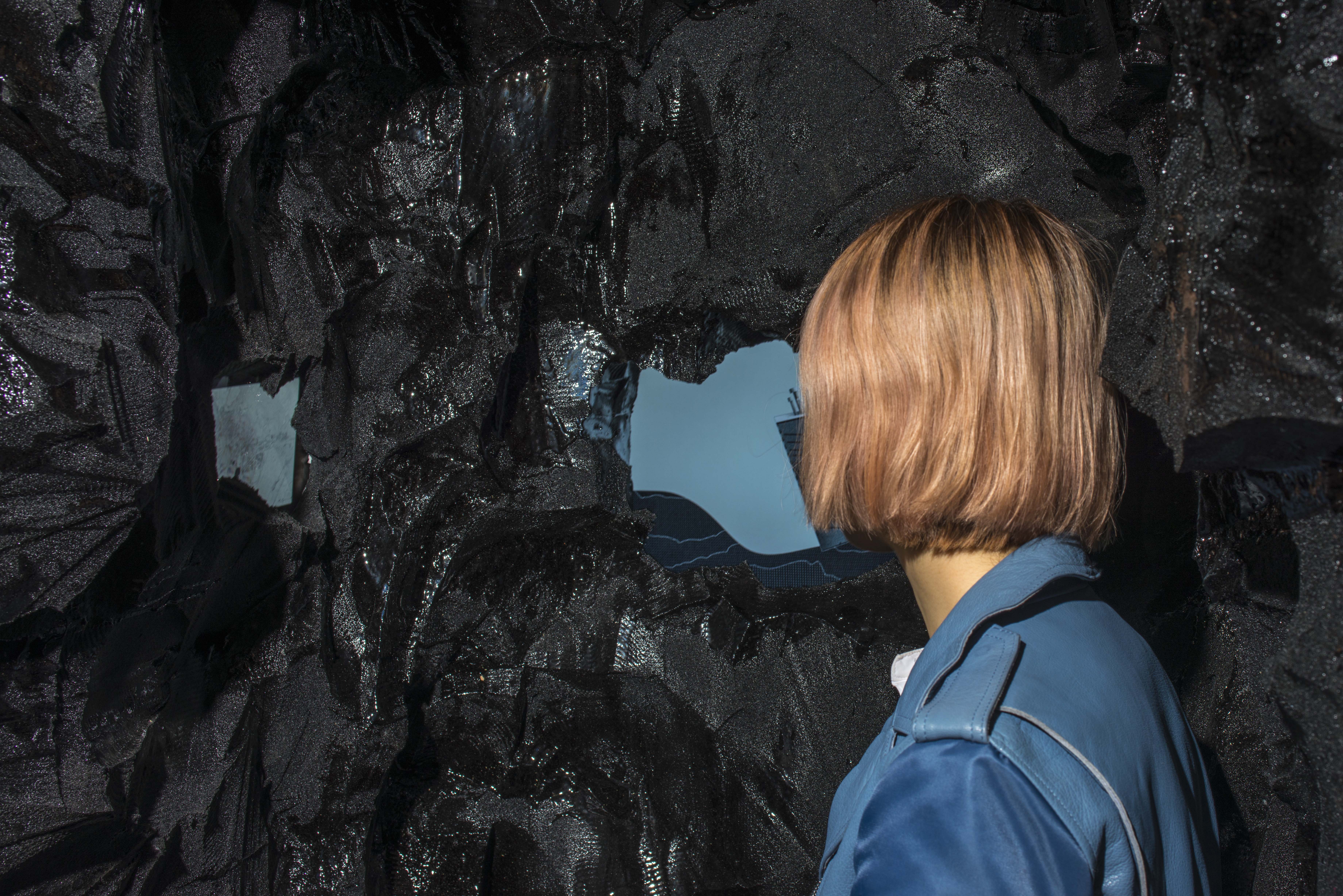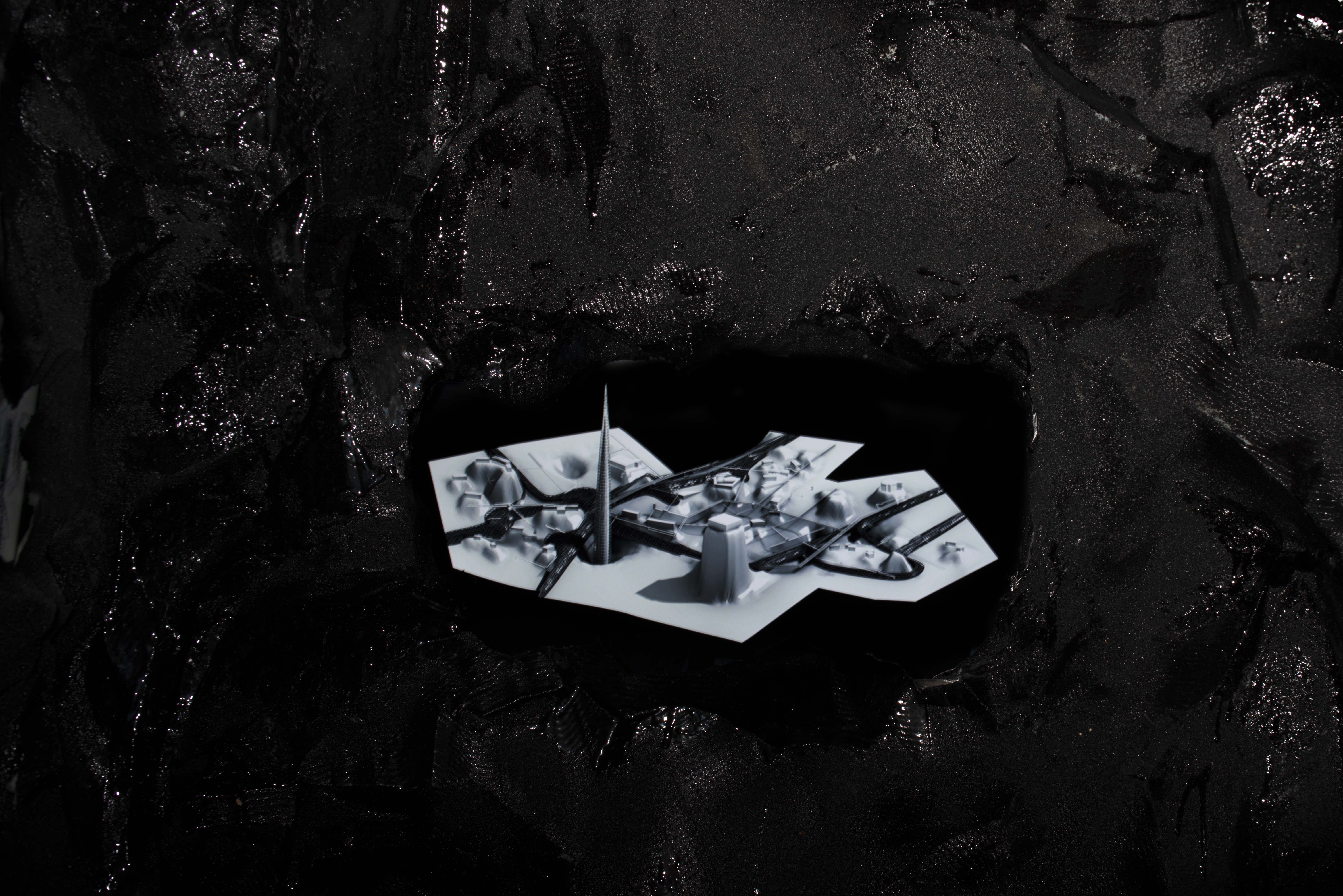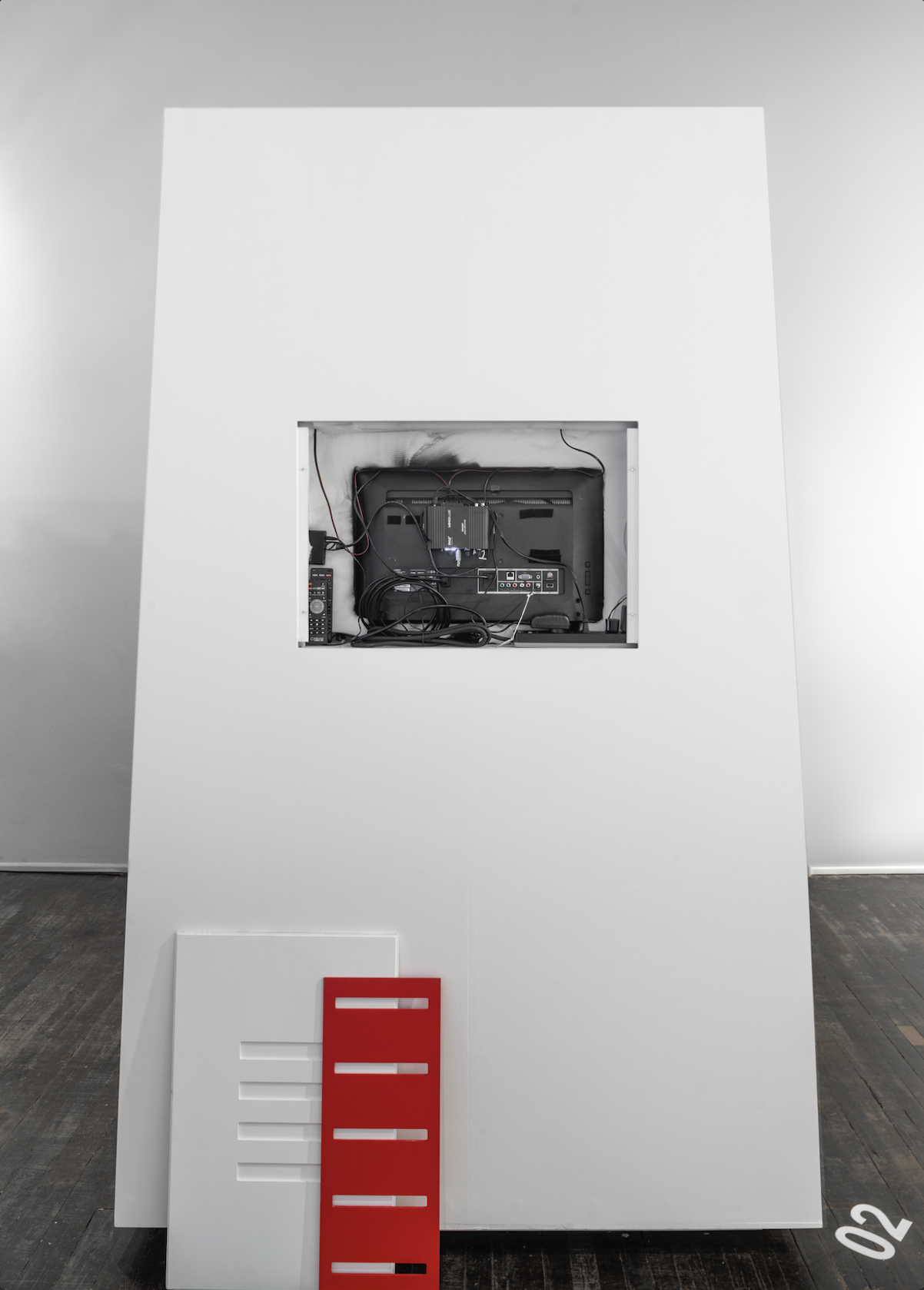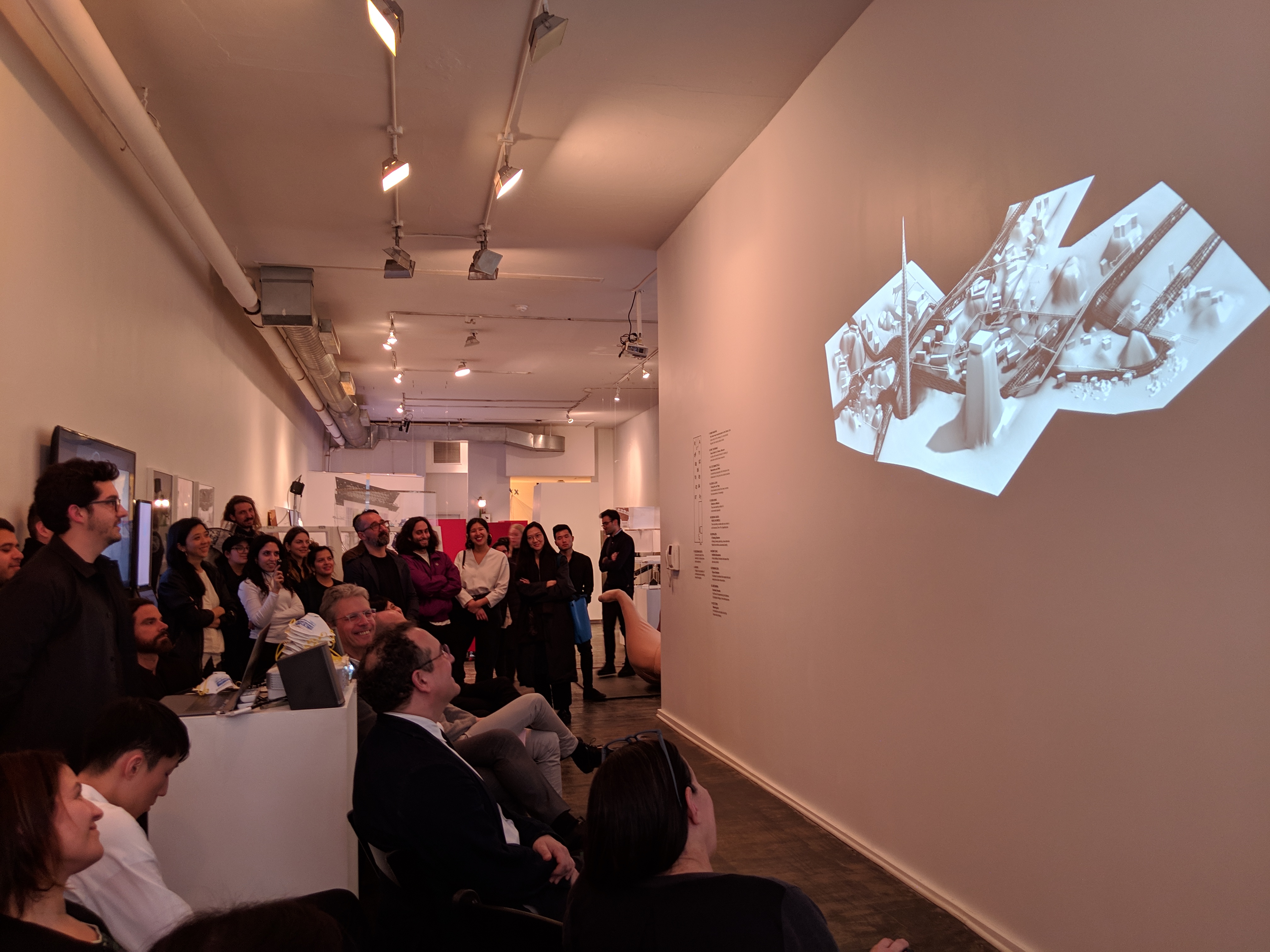By 2030, the arctic city of Kiruna, Sweden will have relocated some 8,000 of its 18,000 inhabitants, forcing people out of their neighborhoods to make room for the continuous excavations of a valuable iron ore vein that runs directly beneath their homes. Less than 100 years from now, the entire town will have disappeared, as the ground will have cracked and subsided several meters below its current level. Displaced by the same mining industry that led to its foundation, Kiruna is but one case in a world obsessed with consumption and resource exploitation. Architecture has become too quick to abandon landscapes and buildings, while the alarming and visible consequences of climate change are on the rise. As grounds and atmospheres have turned undependable, structures that disrupt other species—living or nonliving—are built in favor of only one constituency: humankind. These architectures tend to privilege normative notions of cities and buildings, simultaneously disavowing relationships to contexts, and traces of the past.
Uncertain Grounds offers an alternative urban future for Kiruna in which unstable space is not renounced but embraced, introducing a series of processes that exalt those of the mine, cutting, filling, drifting, and stoping in order to produce an architecture that accepts the shifting ground, and which benefits humans, animals, plants, and geological strata alike. This project aims to reactivate architecture by shifting its gears from solidity, durability, and stasis, to instability, impermanence, and fluctuation. Only by virtue of revised notions of structural propriety can all these constituencies find common grounds. Presented as an essay film that makes evident the accelerated temporal scale of the project and the world today—as a product of the Anthropocene—Uncertain Grounds appropriates found and original footage in order to offer a way in which the preservation of context and memory, remediation of trauma, and models of circular economy can yield an all-inclusive and hopeful future. Inevitably for entropy, Uncertain Grounds asks: once humans cease to position themselves as the owners of the planet, should architects not design with obsolescence and change in mind? With a future built on unstable grounds, literally and metaphorically, we can expect many Kirunas in the years to come, forced to move by the dominance of economics and by impending climate change.
Location
Kiruna, Sweden
Research Assistants
Simon Lesina-Debiasi
Supporters
Council on Science and Technology Research Grant, Howard Crosby Butler Traveling Fellowship, Princeton University Special Funds Grant
Exhibition Venue
TOO FAST TOO SLOW: 11 Architectural Moves (New York, NY)
Photographs
Michael Vahrenwald
